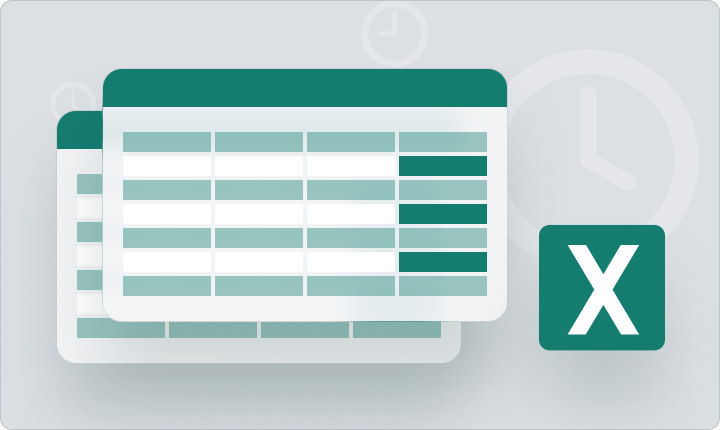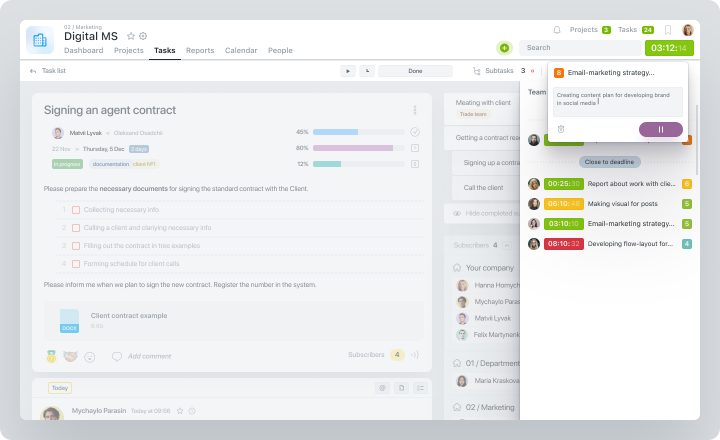Are you experiencing a rapid increase in clients and major projects but not seeing a proportional increase in profits? This familiar scenario might mean it's time to consider transitioning to an hourly pay system for labor compensation.
Understanding Hourly Pay
Hourly pay is a contracting model where service providers are compensated based on a pre-approved hourly rate. This method directly correlates earnings to the number of hours worked, offering a precise measure of labor costs.
Benefits of Hourly Compensation
- Accurate Project Costing: Time tracking provides actual data on resource consumption, enabling more precise project cost estimates.
- Profitability of Projects: By comparing the actual hours spent to the revenue generated, profitability can be accurately assessed, guiding prioritization towards more profitable endeavors.
- Transparency for Clients: Clients can see where their money is going and what work is being done on their behalf.
- Workload Management: Hourly pay allows for adjustments in team workload based on actual time spent, preventing over or under-utilization of resources.
How to Transition to Hourly Pay
Finding the Right Tool

Transitioning to an hourly pay model often starts with a basic tool like an Excel timesheet template. However, businesses quickly encounter several issues with this approach:
- Resistance to Change: Time-tracking via Excel can be seen as an unnecessary complication by team members, often perceived as a sign of mistrust.
- Habit Formation Challenges: Employees tend to forget to log hours, especially if they are using one system for work and another for tracking time. Initially, companies may compromise by having hours logged daily or weekly, but this method can lead to inaccurate and generalized data.
- Inaccuracy of Data: Without integrated time-tracking, it's challenging to ensure the accuracy of time records, complicating billing and payroll processes.
- Lack of Organizational Structure: It's unclear whether to log time per project, per task, or cumulatively, which can confuse employees.
Integrated Time-Tracking with Worksection

Benefits of Worksection's Time Tracker
- Real-Time Visibility: Track project progress in real time, identifying any issues early.
- Control and Monitoring: Manage workload changes effectively with clear task tracking.
- Collaboration with Clients: Adjust visibility settings for clients to foster transparency and effective communication.
Implementing Time-Tracking System
 Communication and Training
Communication and Training
Explain the purpose of the time tracker to your team, emphasizing its benefits for the company. Organize training sessions to ensure everyone understands how to use the new system effectively. Incentives
Incentives
Introduce incentives for employees who consistently log their time accurately. This can help motivate staff and smooth the transition to the new system.
 Testing the System
Testing the System
Worksection allows you to test its functionalities for free, providing a risk-free way to explore the advantages of an integrated time-tracking system.